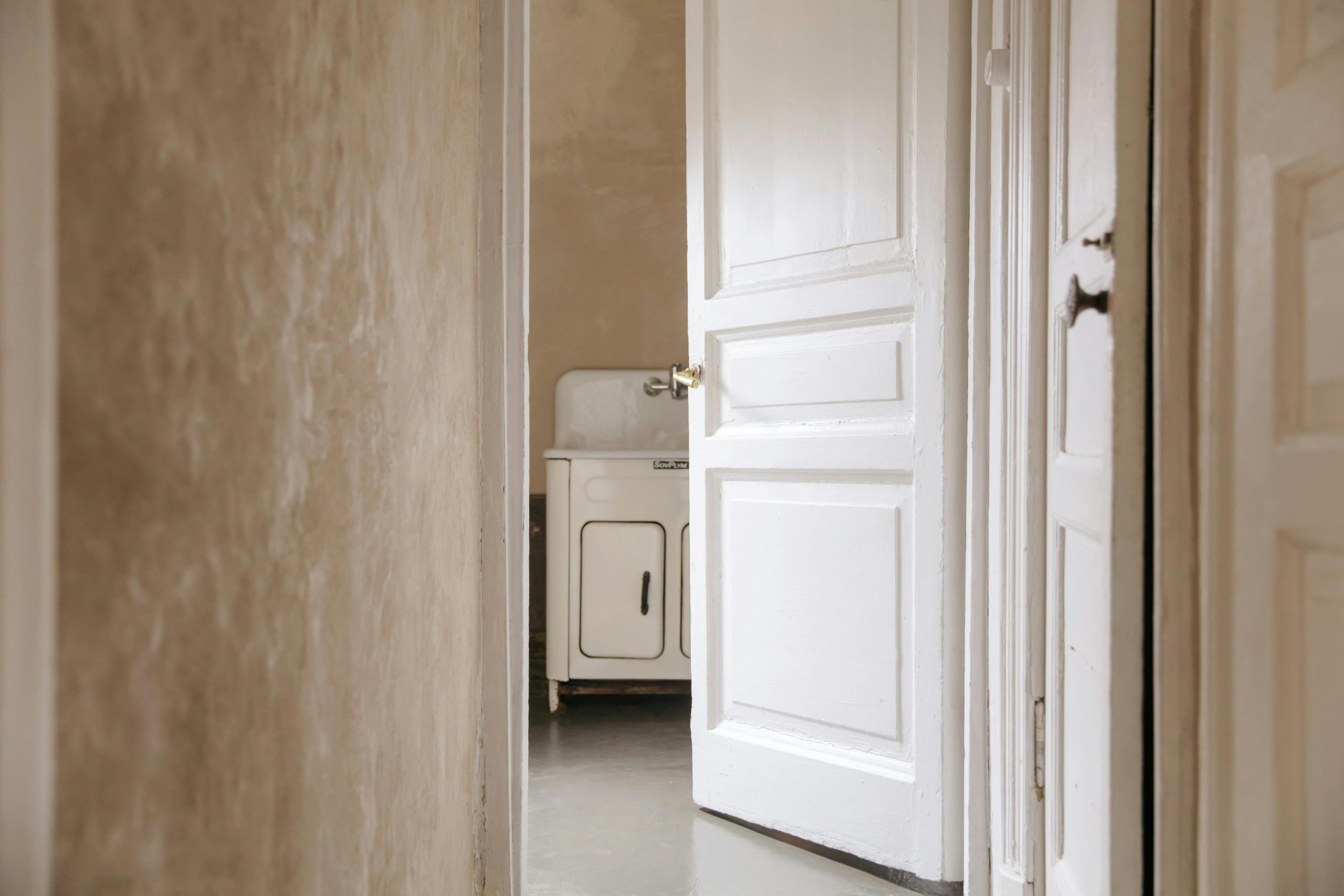Seeking Assistance with Corrupted JPG Files: Your Expertise Needed!
Hello, fellow photography enthusiasts! I’m reaching out to this vibrant community in hopes of finding some guidance on a frustrating issue I’ve encountered with some cherished images.
Recently, I took a series of photographs for a client using my DSLR. After transferring the files from my memory card to my laptop, I made the unfortunate mistake of clearing the RAM cache, leading to the permanent deletion of those precious images. It wasn’t until I checked the designated folder that I realized the files were gone.
In a bid to recover them, I turned to third-party software, which managed to restore the images, but to my dismay, the files were corrupted. Following some advice from an AI assistant, I attempted to rectify the situation by correcting the header and footer of the JPG files. I made adjustments by editing the header to FF D8 FF and appending a FF D9 footer. However, despite these attempts, GIMP still displays the ominous message: “Not a JPEG file.”
I’m at my wit’s end and would greatly appreciate any tips, tricks, or recommendations you might have to help me salvage these images. If anyone is willing to take a look, I’d be happy to share the files via email. You can reach me at [email protected].
Thank you in advance for your time and assistance! Your expertise could make all the difference. 🙏🙇♂️
Screenshots
For those who want to dive deeper into the specifics, I’ve shared some screenshots using HexEd.it to document my attempts at repair:
Looking forward to hearing your valuable insights!
Share this content:




It sounds like you’ve made good progress by adjusting the header and footer bytes of your JPG file, but the persistent “Not a JPEG file” error suggests that the image structure may still be compromised. When attempting manual header/footer edits, ensure that:
FF D8) is correctly placed at the very start of the file.FF D9) is correctly positioned at the end of the image data.Since manual editing is delicate, I recommend using specialized recovery tools designed for JPEG repair, such as:
These tools can automate the process of repairing corrupted image headers and structure, often providing better results than manual edits. Additionally, you might want to analyze the corrupted files with a hex editor (like HexEd.it) to verify that the header and footer are in the right places and that the image data is intact.
Before attempting further repairs, consider creating a backup of the current corrupted file to prevent additional data loss. If you're comfortable sharing the file, experts on data recovery forums may also assist in a more detailed analysis